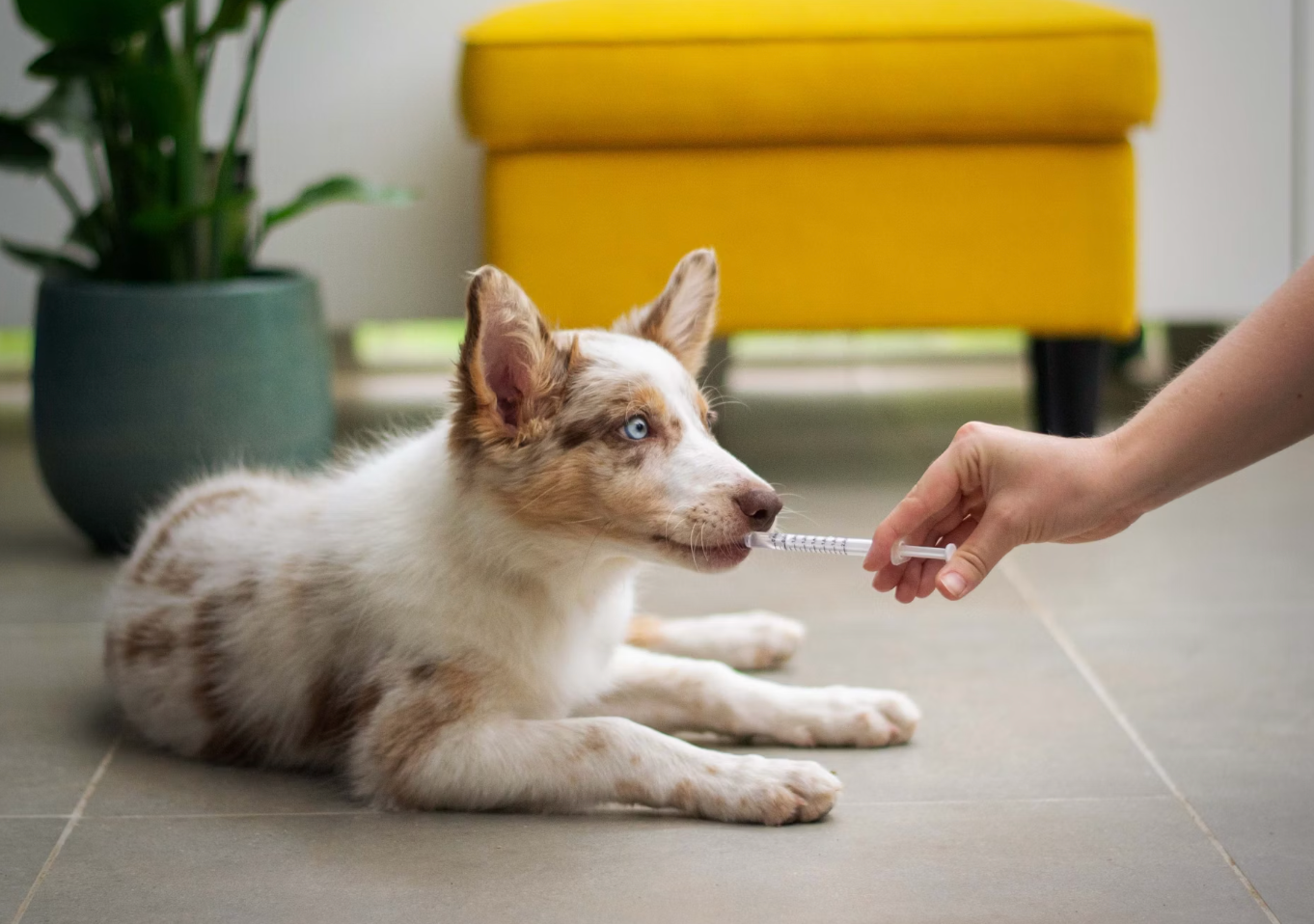Bringing a new dog into your life is a joyful experience, but along with that excitement comes responsibility. One of the first steps to ensuring your dog’s health is a vet visit. For many new pet parents, this first trip to the veterinarian can be filled with questions and some anxiety. Here’s how you can make your dog’s first vet visit smooth and stress-free!

1. Do Your Research
Before you even schedule your dog’s first vet appointment, research local veterinarians in your area. Look for a vet who is experienced with your dog’s breed and has a friendly, approachable staff. If possible, read reviews and ask other pet owners for recommendations.
2. Gather Important Information
Bring along any medical records or documents from the breeder, shelter, or rescue organization. This should include information about vaccinations, previous treatments, or any health concerns your dog may already have. The vet will need this to create an accurate health history for your dog.
3. Create a Comfortable Travel Experience
Many dogs may feel uneasy during their first car ride, so try to make it as comfortable as possible. Bring along a blanket or toy your dog is familiar with, and use a secure crate or harness for safety. If you’re unsure how your dog will react, consider taking a few short practice rides to help them get used to the car.
4. Know What to Expect
At the vet's office, your dog will likely undergo a full physical examination. This includes checking their ears, eyes, teeth, and skin, as well as listening to their heart and lungs. Your vet may also suggest vaccinations, flea and tick prevention, and discuss a diet plan for your dog.

5. Questions to Ask
Take advantage of this first visit to ask any questions you may have. Some topics to consider:
- What kind of food is best for my dog’s breed?
- What vaccinations are necessary?
- How should I prepare for spaying/neutering?
- How can I maintain dental health at home?
6. Prepare for Follow-Up Appointments
The first visit will likely be the start of a long-term relationship between you and your vet. Your vet may schedule follow-up appointments for additional vaccines, spaying or neutering, or to monitor any potential health concerns. Keep a calendar handy so you don’t miss any important visits.
7. Stay Calm and Patient
Your dog can pick up on your emotions, so stay calm and reassuring during the visit. Speak softly and give your dog plenty of positive reinforcement like treats and praise. This helps create a positive association with vet visits, making future trips easier for both of you.
Preparing for your dog’s first vet visit is an important part of being a responsible pet owner. With the right preparation, you can help ensure your dog’s health and well-being while building a trusting relationship with your veterinarian. Follow along for more helpful tips & tricks as you navigate pet parenthood!


Share:
How To Keep Your Dog Entertained While Working From Home
Arizona Service Dog Laws 2025: Everything You Need to Know